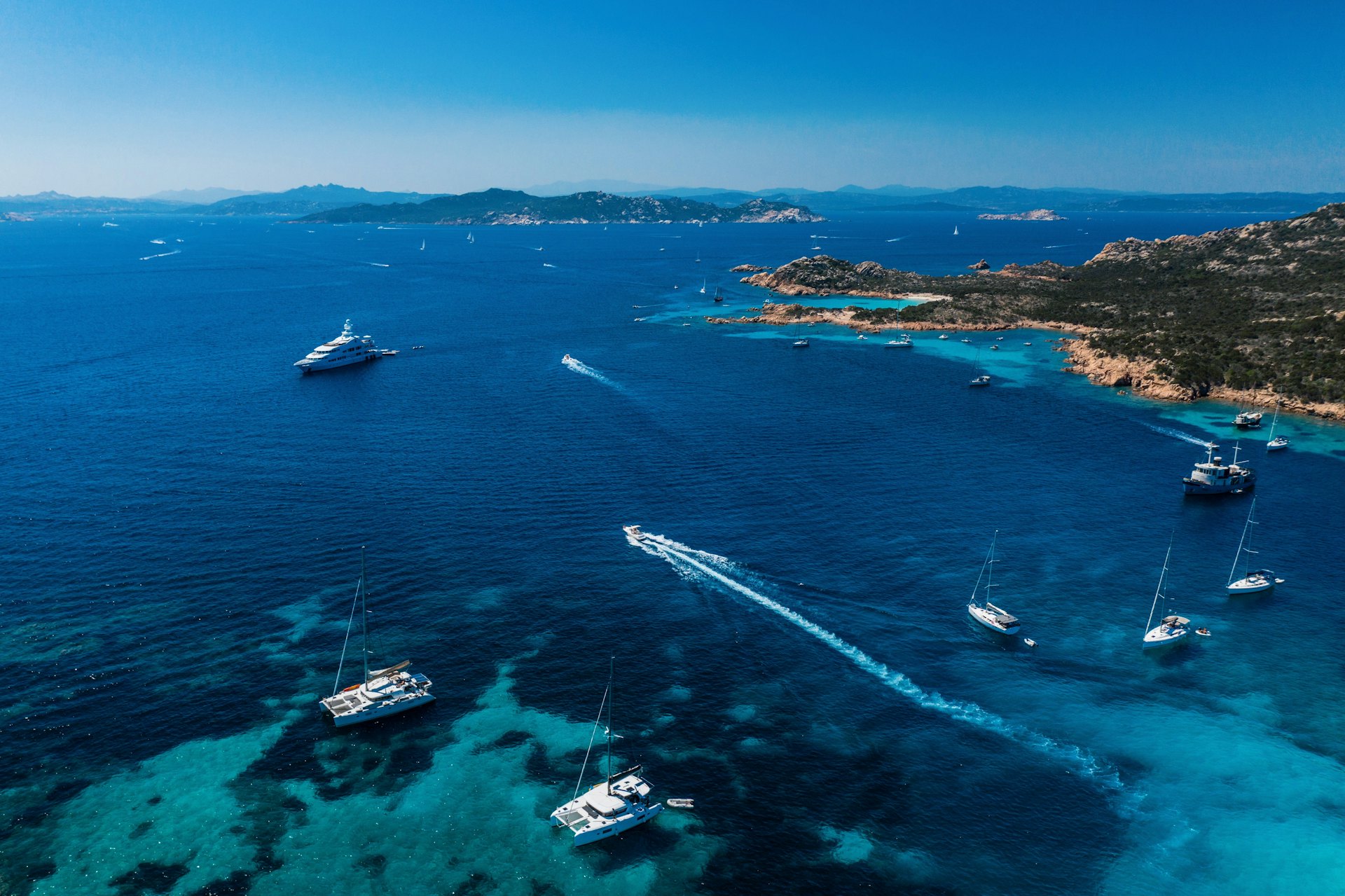
SARDINIA
Where Locals Live La Dolce Vita Longer Than Anyone Else
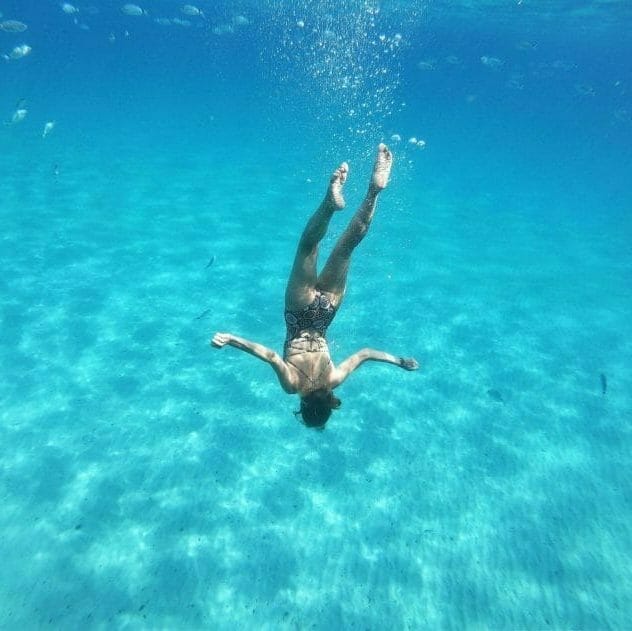

An Emerald sea with small and large coves with pure white sand: this is Sardinia, an island that amazes visitors with its natural contrasts, light and colours.
A land of ancient traditions, still dominated by wild and uncontaminated nature. Located in the heart of the Mediterranean, Sardinia is predominantly mountainous but without high peaks, offering visitors a unique natural environment, that is harsh yet very sweet at one and the same time.
Vast areas have remained magically intact and are inhabited by deer, wild horses and large birds of prey. Other areas have human settlements evolving over the millennia, such as the Nuragic civilization and its nuraghi, the tombs of the giants, sacred wells or houses of the fairies, from the hinterland to villages by the sea.
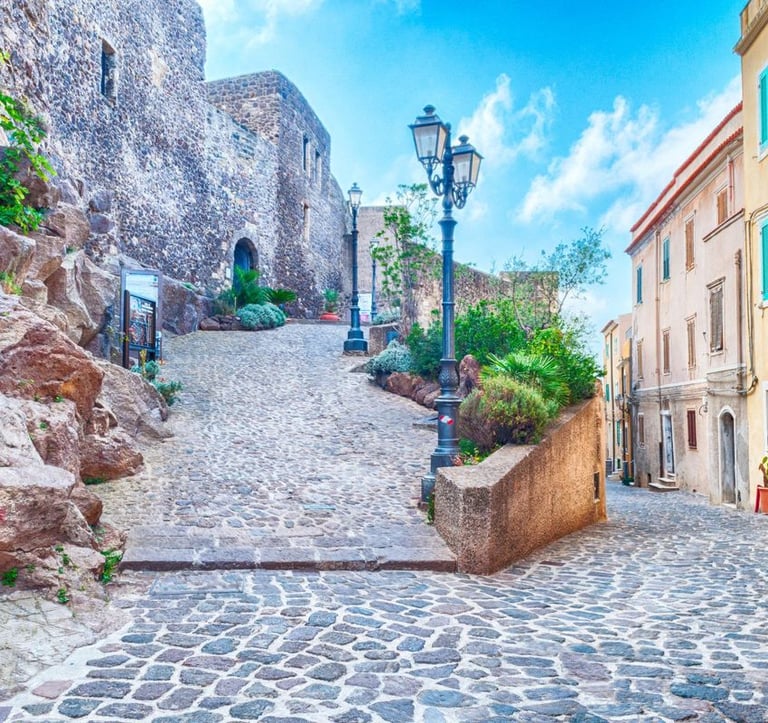

With an area of 24,100 square kilometres, Sardinia is the third-largest region of Italy after Sicily and Piemonte, and the second-largest island in the Mediterranean after Sicily.
Sardinia belongs to Italy, although many Sardinians would prefer to be independent. Travel to Sardinia is incredibly safe in fact, this island is one of the safest places to visit in the Italian kingdom.
A paradise for people who love the sea, from the night-life of the Costa Smeralda to the peaceful beauty of The Maddalena Archipelago, as well as for active holidays enjoying water sports, trekking and climbing.

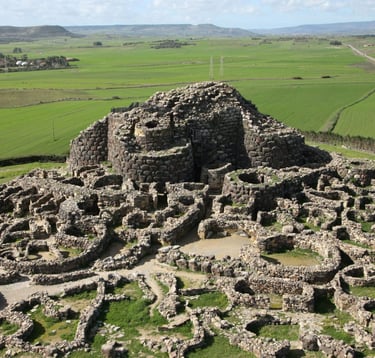
Traces of man’s presence here date to 4000-3500 BCE in the form of dolems, menhirs and circular mageliths. Some 50 Nuragic settlements date to the Bronze Age, including the Tomb of the Giant of su Monte de s’Aba, the riu Mulinu nuraghe, the village of Belveghile and the sa Testa sacred well.
Experience the pleasure of visiting these megalithic monuments spread all over the island: the most important complex is the one of Barumini (called Su Nuraxi) but wherever you are spending your holidays, be sure that one of the 7,000 will be in the nearby.
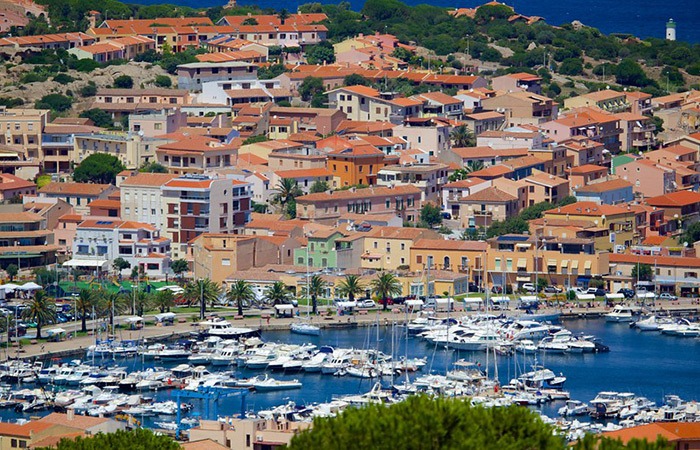

Olbia
The north-eastern gateway to Sardinia, an ancient and flourishing city that is the preferred holiday destination of many. The ancient Greeks called it olbìa, ‘happiness’.
It is the gateway to Sardinia and the driving force behind the economy of the Gallura area. Many of the ancient relics archaeologists have brought to light, like the 900 gold coins, are now safeguarded at the Archaeological Museum on the islet of Peddone.
The city looks out over a spectacular gulf that encompasses the Tavolara Marina Area. It is the access point to the exclusive Emerald Coast. The seemingly endless Olbian coastline is home to a myriad of turquoise inlets from which to choose, among them are the four beautiful bays of Porto Istana, within the confines of the protected area, the Lido di Pittulongu, especially La Playa, a local favourite.

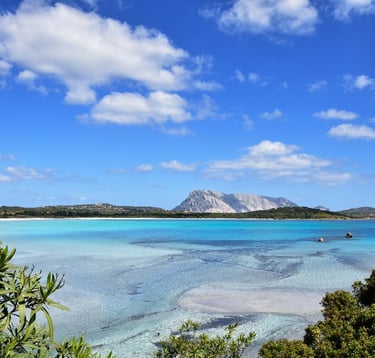
A sun-kissed Gallurian town of elegant villas and flowers that looks out over the turquoise sea of the north-eastern coast of Sardinia, home to a wide variety of stupendous beaches.
La Cinta, a long, thin stretch of golden sand bathed by a crystalline blue sea, Cala Brandinchi, a white shore with water that resembles a tropical paradise nicknamed, for good reason, Tahiti, Lu Impostu, its natural progression, the magnificent Marina di Puntaldìa, with its modern tourist harbour and the Caribbean-like s’Isuledda beach.
San Teodoro
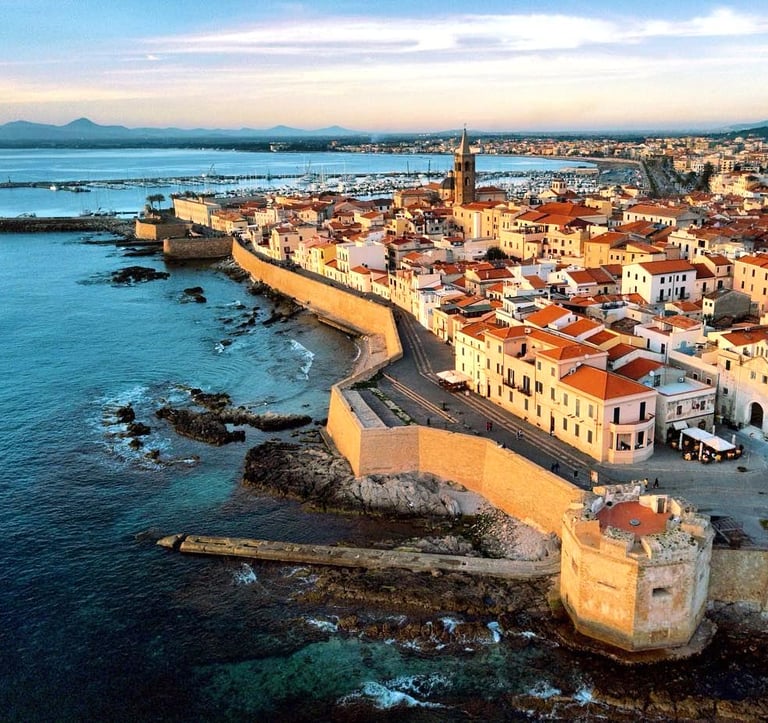

Alghero
Historic city at the northern tip of the western coast of Sardinia, a renowned resort also known as the capital of the Coral Riviera. It retains well-preserved traces of Catalan dominance and is also known as Barceloneta.
With its 44,000 inhabitants, it is the 5th largest city of Sardinia. Alghero is the island’s main harbour town, home to Fertilia airport and one of its best-loved cities for the popular walkway along the port’s bastions, the red roofs that touch the sky and the gorgeous natural bay that flows into the emerald sea.
The shoreline is some 90 km long and known as the Coral Riviera, home to a major colony of the finest coral. The most famous beach here is Le Bombarde, blessed with crystalline water and a clean sandy bottom, it is a favourite destination of families, young people and surfing enthusiasts.


If you want the sea all year round, for bathing and getting a suntan in the summer and for the poetic atmosphere in the autumn and winter, Pula is the ideal destination for you.
There are over seven thousand inhabitants in the residential area, from the metropolitan city of Cagliari, which is just 35 kilometres away.
Pula is a treasure chest of natural, archaeological and cultural wealth without equals on the Island. As well as Pula's summer nightlife, with events and aperitifs in the squares, there are also excursions and sporting activities.